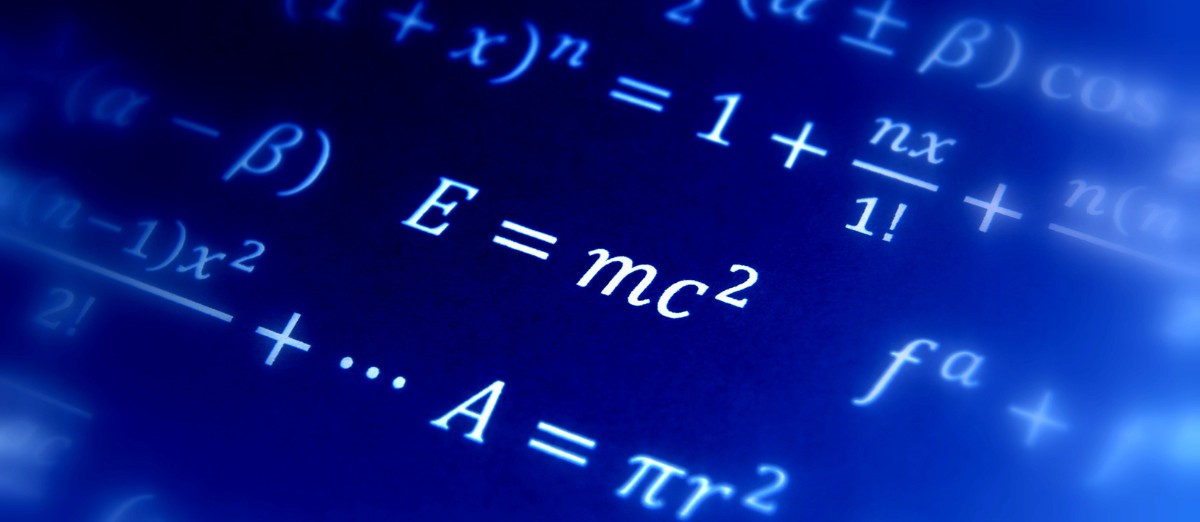Perception Through Frequency
A hummingbird flaps its wings at a blur to our eyes — but to the hummingbird, it is not moving quickly. Its nervous system, its consciousness, its very perception of time operates at a different frequency. Insects perceive our world in slow motion because their consciousness is moving rapidly. Their sense of time is stretched; what appears to us as a blink is, for them, a spacious moment.
The same is true in reverse. Elephants, tortoises, whales — all large creatures with slower brainwaves — experience time as a broader rhythm. Their pace is not slow to them. It is natural. Their perception moves in longer intervals. The difference is not in time itself, but in the frequency through which it is experienced.
Gaia’s Cycles of Memory
Gaia — the living consciousness of Earth — experiences time in great arcs. She does not measure in hours or even years, but in civilisations, epochs, and galactic revolutions. What for us is an ancient forgotten civilisation is, to her, a remembered season. She holds the memory of many rises and falls, just as we recall the bloom and fading of summer.
For Gaia, a galactic year — the 225-million-year journey around the Milky Way — is as familiar and rhythmic as the passing of an earthly year is to us. Her memory stretches across thousands of such cycles. She is old, not in decay, but in wisdom.
The Cosmic Breath of Brahma
And what of Brahma — the great cosmic architect, the personification of universal creation? In the Vedic understanding, Brahma experiences the entire cosmos as a single breath. One inhale and one exhale contain countless worlds, ages, and civilisations. His time is circular, rhythmic, and vast beyond reckoning.
Just as an insect may live an entire lifetime in the span of one of our days, so too does Brahma perceive all cycles of time — galactic, solar, planetary, personal — as one great cycle within a greater whole. Creation and dissolution, inhalation and exhalation — these are the beats of divine time.
Time as a Fractal Rhythm
Time, then, is not fixed. It is elastic. It bends to the frequency of consciousness. From the micro-beats of a fruit fly’s day to the great arcs of Gaia’s memory, and the infinite spirals of Brahma’s breath — all are part of the same song, sung in different octaves.
To become aware of this is to step out of the illusion of linear time. To realise that what feels long or short, slow or fast, is not a property of time itself — but of how we move through it.
Time is not a line. It is a dance. And each dancer hears the music at a different tempo.

